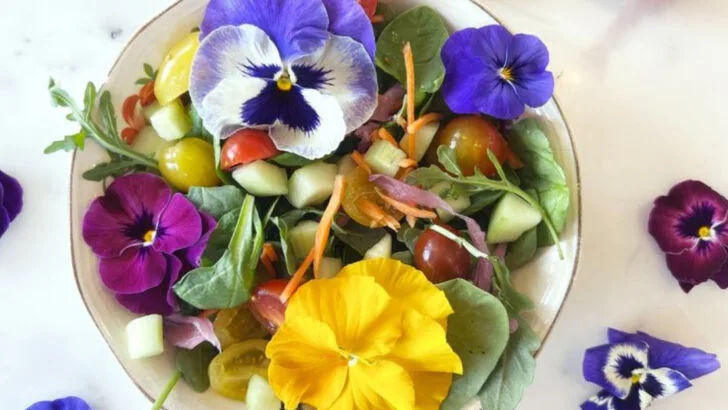Think flowers are just for vases? Think again. These 18 edible flowers don’t just look beautiful—they actually add surprising flavor and elegance to everyday meals. From peppery petals to sweet floral notes, they can transform your dishes into something straight from a restaurant menu.
Whether sprinkled over salads, infused into drinks, or baked into desserts, these blooms bring color, texture, and taste to the table. Many of them are easy to grow in pots or garden beds, making it simple to keep your own edible flower selection just steps from the kitchen.
Ready to make your meals bloom? These edible flowers are more than just a garnish—they’re an experience for the eyes and taste buds alike.
Nasturtium
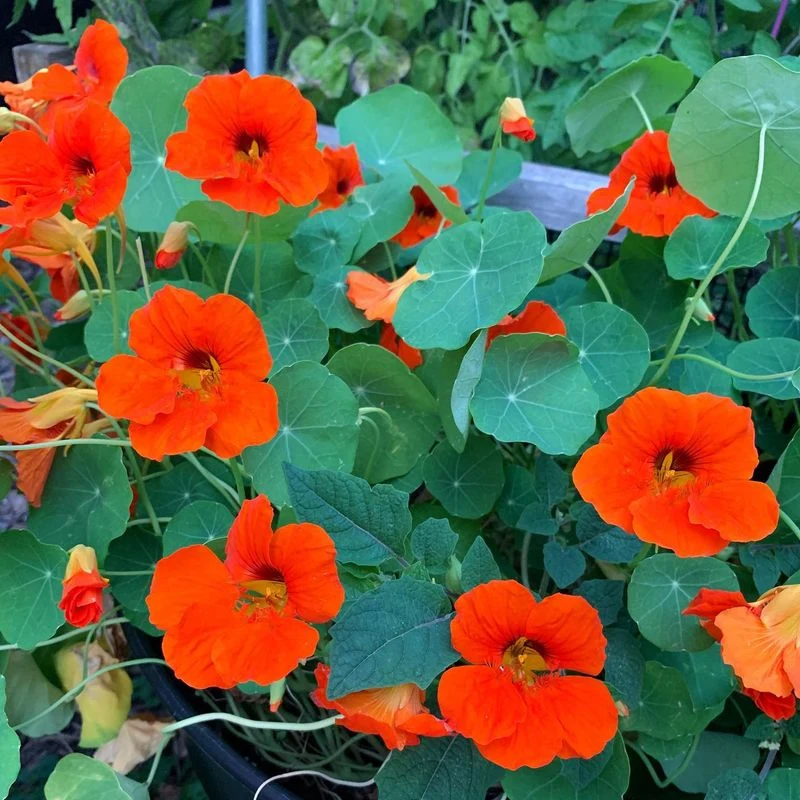
Bright and peppery, nasturtiums add a zesty kick to salads and sandwiches. Known for their vibrant hues, these blossoms are not only visually appealing but also pack a flavorful punch reminiscent of watercress.
Chefs often use them to garnish dishes, enhancing both appearance and taste. Their leaves are equally edible, offering a milder taste.
Did you know? Nasturtiums were popular in Victorian gardens not just for beauty but for their culinary uses too! Incorporating them into your meals is a nod to this historical tradition.
Viola
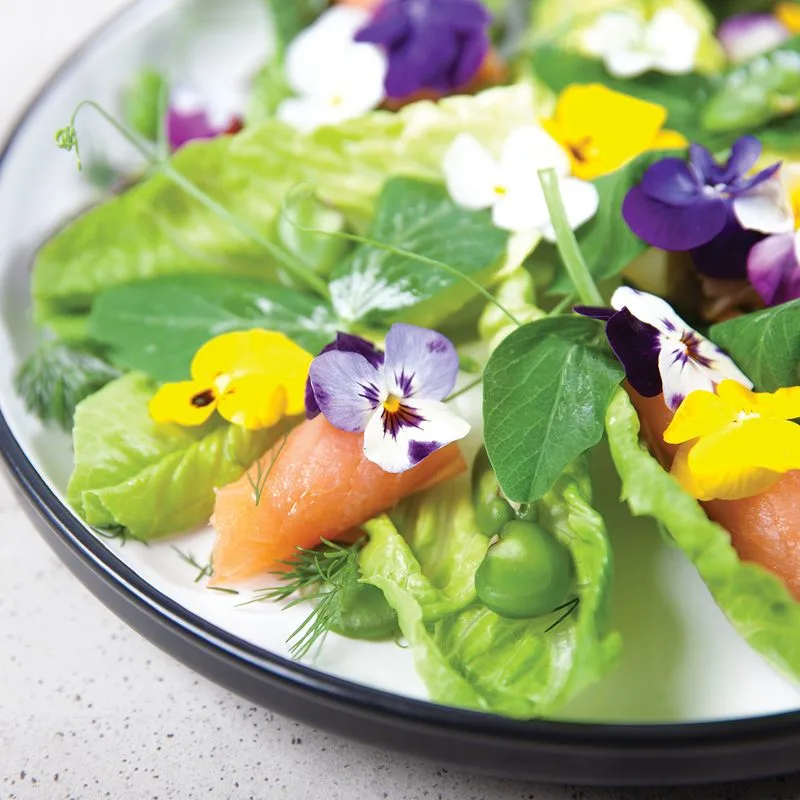
Violas, with their delicate petals and subtle sweetness, are an exquisite addition to desserts and salads. These dainty flowers are often used to embellish cakes, contributing both texture and visual charm.
Their mild, sweet flavor complements creamy desserts perfectly. Many gardeners cherish violas not only for their beauty but also their ability to thrive in cooler climates.
Fun fact: In Elizabethan times, candied violas were a delicacy, enjoyed by royalty. Bringing violas to your table is akin to dining like a king or queen.
Hibiscus

Known for its tart, cranberry-like flavor, hibiscus is a popular choice for teas and beverages. Its vibrant red petals infuse drinks with a striking color and tangy taste.
In many cultures, hibiscus tea is a staple, enjoyed both hot and cold. Its refreshing qualities make it perfect for summer refreshments.
Did you know? In Egypt, hibiscus tea is known as ‘Karkade’ and has been consumed for centuries for its supposed health benefits. Sip on hibiscus tea to experience a taste of ancient tradition.
Marigold
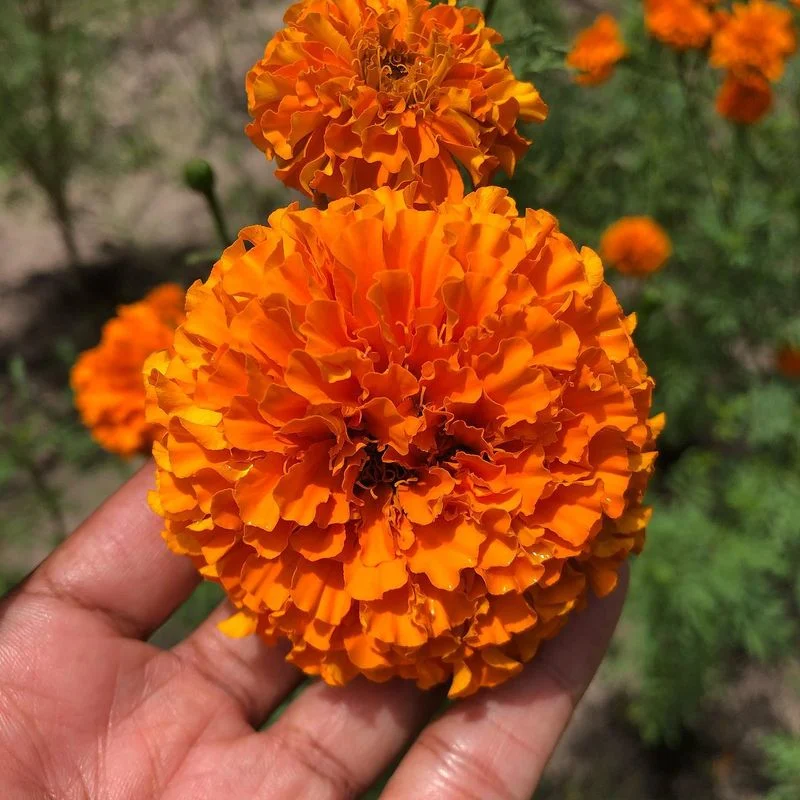
Marigolds offer a subtle citrus flavor, making them a unique garnish for salads and savory dishes. Their bright petals can transform a simple plate into a feast for the eyes.
Often referred to as “poor man’s saffron,” marigold petals can impart a saffron-like color to dishes. Beyond the kitchen, they are known for their pest-repelling properties in gardens.
Fun fact: In ancient Aztec culture, marigolds were considered sacred and used in religious ceremonies. Adding them to your meals connects you to this rich history.
Lavender

With its soothing aroma and floral notes, lavender is more than just a fragrant flower; it’s a culinary delight. Commonly used in baking, lavender adds a unique twist to cookies, cakes, and even savory dishes.
Its strong flavor means a little goes a long way, making it an exciting ingredient for adventurous cooks. Lavender’s calming scent is also believed to promote relaxation.
Did you know? In France, culinary lavender is a key component of the famous herb blend, ‘Herbes de Provence.’ Incorporate lavender to explore a taste of Provence.
Borage

Borage, with its striking blue flowers, offers a fresh, cucumber-like flavor that is delightful in salads and drinks. Often used to garnish cocktails, borage adds both beauty and a refreshing taste.
The star-shaped blossoms are as pleasing to the palate as they are to the eyes. In the garden, borage attracts pollinators, making it a gardener’s friend.
Fun fact: Borage has been traditionally used to alleviate stress and lift spirits. Add a few borage flowers to your drink for an instant mood booster.
Calendula
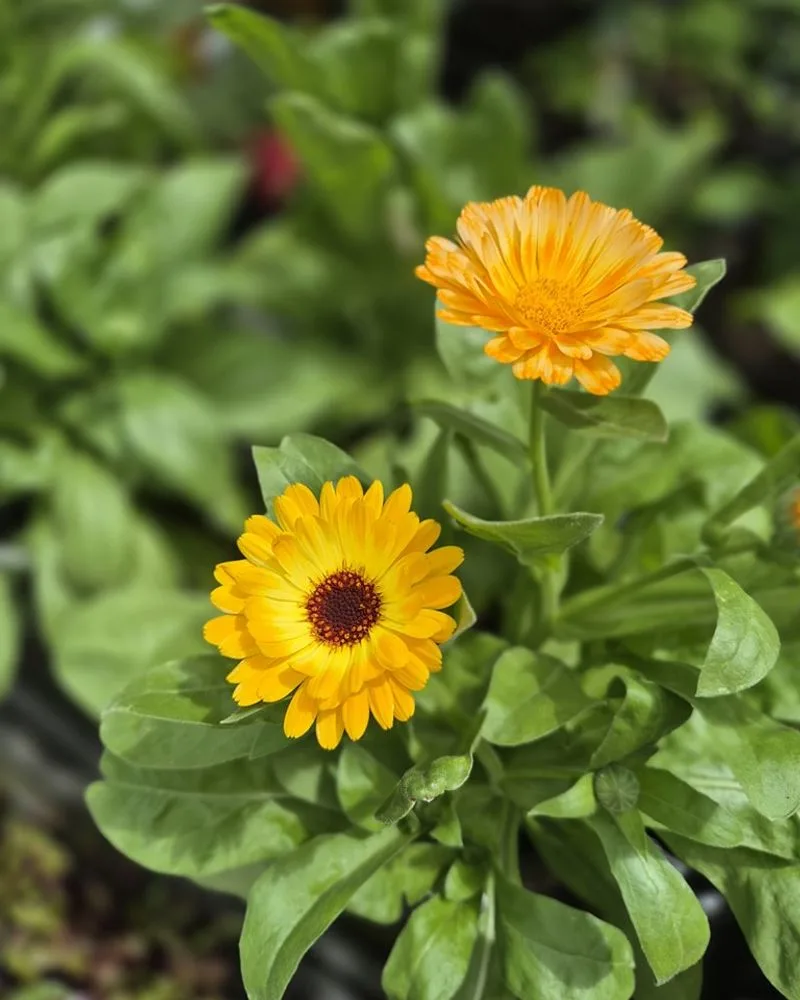
Often dubbed ‘poor man’s saffron,’ calendula petals bring a warm, slightly spicy flavor to dishes. They can be used fresh or dried, adding a cheerful pop of color to soups, stews, and salads.
Apart from culinary uses, calendula has been cherished for its skin-soothing properties. In medieval Europe, it was a staple in both the kitchen and the apothecary.
Did you know? Calendula was used as a dye in ancient times. By incorporating calendula, you embrace both its culinary and historical richness.
Chive Blossoms
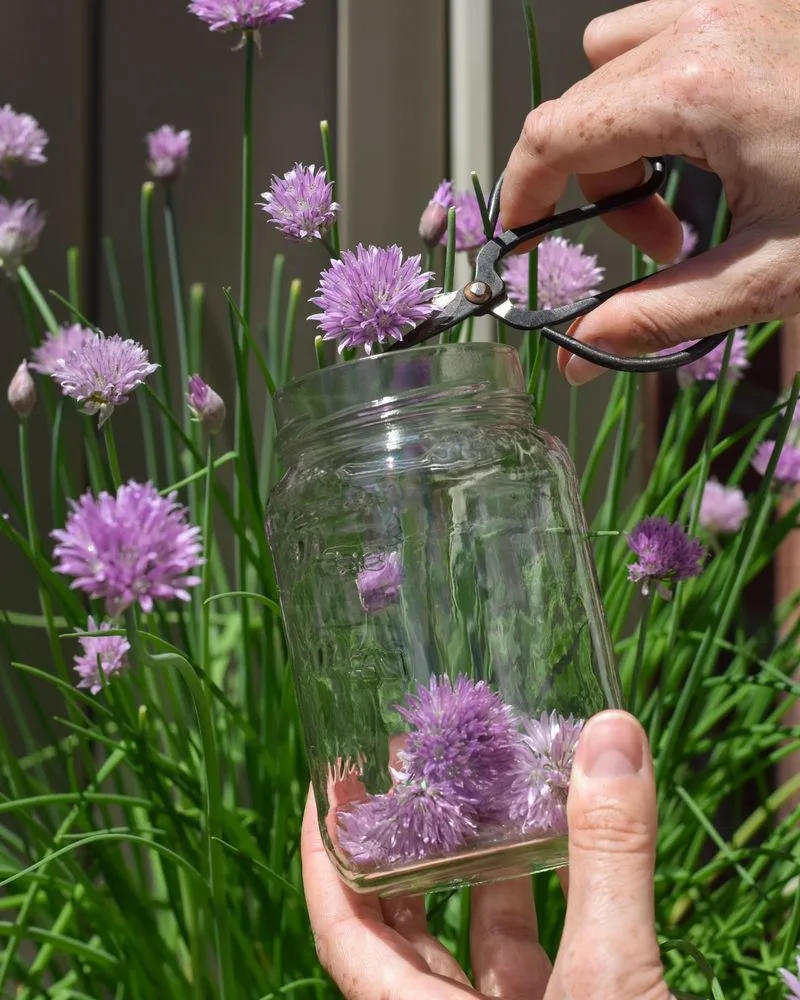
Not just a garnish, chive blossoms bring a mild onion flavor that’s perfect for salads and savory dishes. These pale purple flowers not only add color but a subtle, aromatic taste.
Chive blossoms are often used in vinaigrettes and compound butters, enhancing the flavor profile of various dishes. Their mildness makes them versatile in the kitchen.
Fun fact: Chives are one of the “fines herbes” of French cuisine, prized for their delicate flavor. Incorporate chive blossoms for a touch of French culinary elegance.
Dandelion
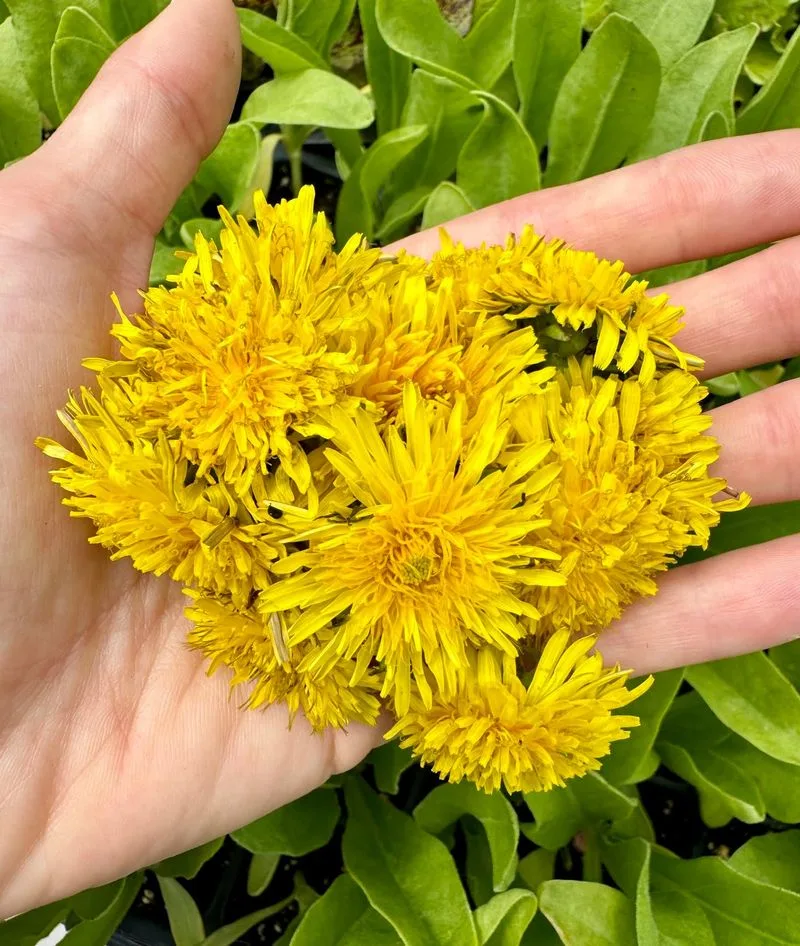
Often overlooked as a weed, dandelion flowers bring a slightly sweet, honey-like flavor to salads and teas. Their sunny yellow petals can brighten any dish.
Dandelion greens are also edible, offering a bitter contrast to the sweet flowers. Historically, dandelions have been used in herbal medicine for their detoxifying properties.
Did you know? Dandelions were once used as a coffee substitute during shortages. Embrace dandelions for a touch of rustic charm and culinary innovation.
Rose
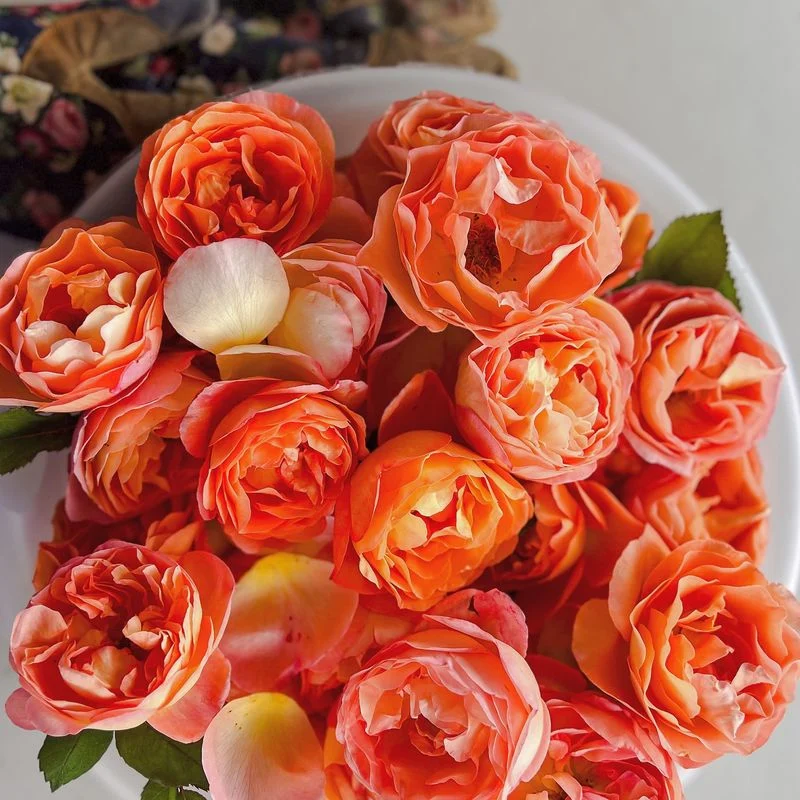
Roses bring a romantic flair to any dish with their sweet, perfumed petals. Commonly used in syrups and desserts, roses add a luxurious touch to culinary creations.
Their flavor is as enchanting as their aroma, often used in Middle Eastern and Indian cuisines. Rose water, derived from petals, is a popular ingredient in many traditional sweets.
Fun fact: Cleopatra famously used rose petals to seduce Mark Antony. Incorporating roses in your meals brings a dash of historical romance to the table.
Squash Blossoms
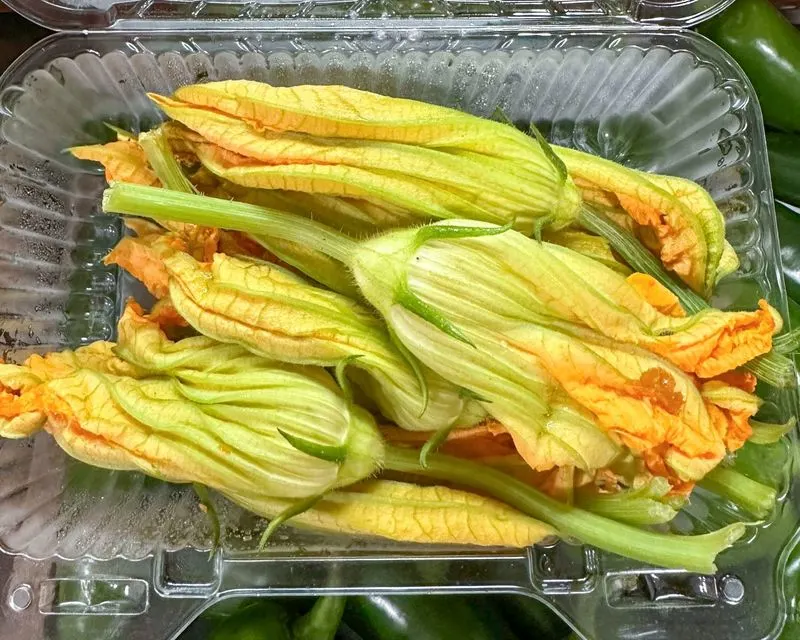
Squash blossoms, with their delicate texture, are a culinary delight when stuffed and fried. Their mild flavor pairs well with a variety of fillings, from cheese to herbs.
These blossoms offer a unique way to enjoy the harvest, celebrated in many culinary traditions. Beyond frying, they can be added to soups and frittatas.
Did you know? In Mexico, squash blossoms are a traditional ingredient in quesadillas. By using squash blossoms, you partake in a global culinary experience.
Pansy
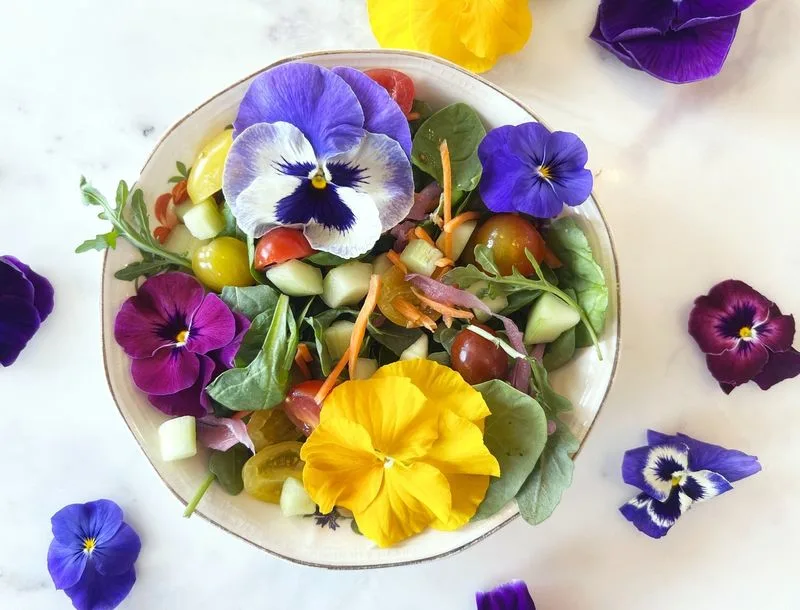
Pansies, with their vivid colors and patterns, make an eye-catching addition to salads and desserts. Their mild, lettuce-like flavor makes them versatile in a variety of dishes.
These flowers are often crystallized for cake decorations, adding both beauty and a hint of sweetness. Pansies are also known for their cold hardiness, thriving in cooler months.
Fun fact: Pansies have been used in traditional medicine for their anti-inflammatory properties. Include pansies in your meal for a touch of garden-to-table freshness.
Chamomile
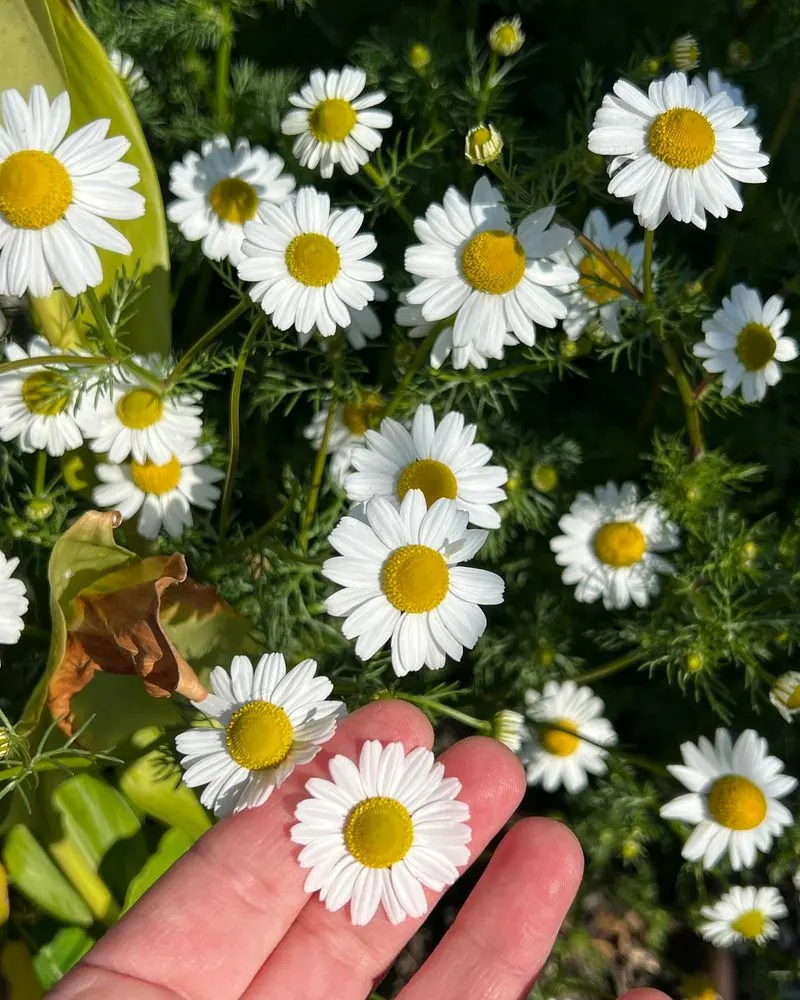
Chamomile flowers are renowned for their calming properties and delicate apple-like flavor. Most commonly consumed as a tea, chamomile can also be used to infuse desserts and syrups.
Their gentle taste and soothing aroma make them a perfect companion for evening relaxation. Beyond culinary uses, chamomile has a long history in herbal medicine.
Did you know? Ancient Egyptians dedicated chamomile to the sun god, Ra, for its healing qualities. Savor chamomile for a moment of tranquility and historical reverence.
Dianthus
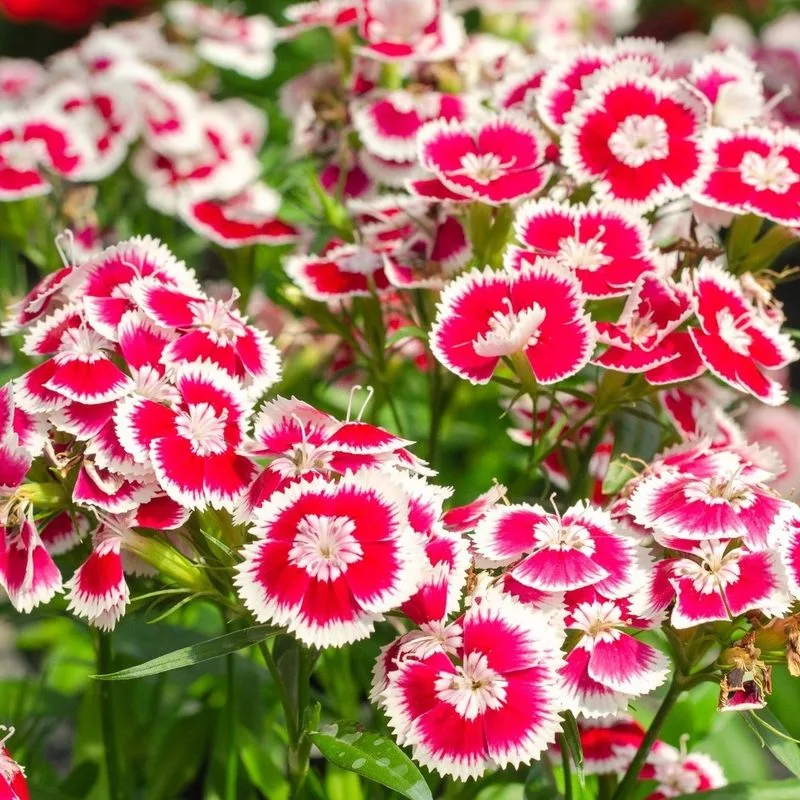
Dianthus flowers, known for their spicy, clove-like flavor, add a unique twist to desserts and salads. These fringed blooms are often used as a garnish, enhancing both taste and visual appeal.
Their vibrant colors make them a popular choice for decorating cakes and pastries. In the Victorian era, dianthus symbolized admiration and was a staple in floral arrangements.
Fun fact: Dianthus is sometimes referred to as “pinks” due to their pinked edges. Incorporate dianthus to experience this historical and flavorful bloom.
Bee Balm
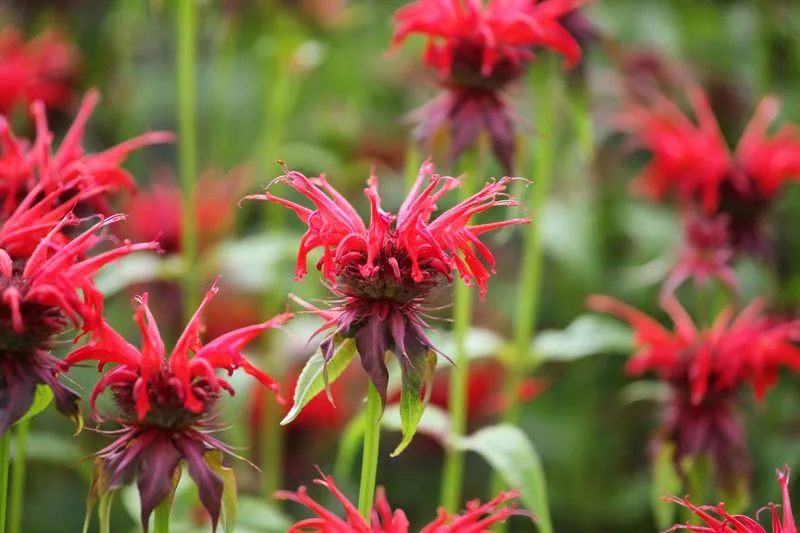
Bee balm, with its vibrant, tubular flowers, imparts a minty, citrus flavor to teas and desserts. This North American native plant is beloved by both gardeners and chefs for its versatility.
Often used in herbal infusions, bee balm can add a refreshing twist to beverages and sweets. Its showy flowers are also a hit with pollinators like bees and hummingbirds.
Did you know? Bee balm was used by Native Americans for both medicinal and culinary purposes. Adding bee balm to your dishes connects you to this rich cultural heritage.
Cornflower
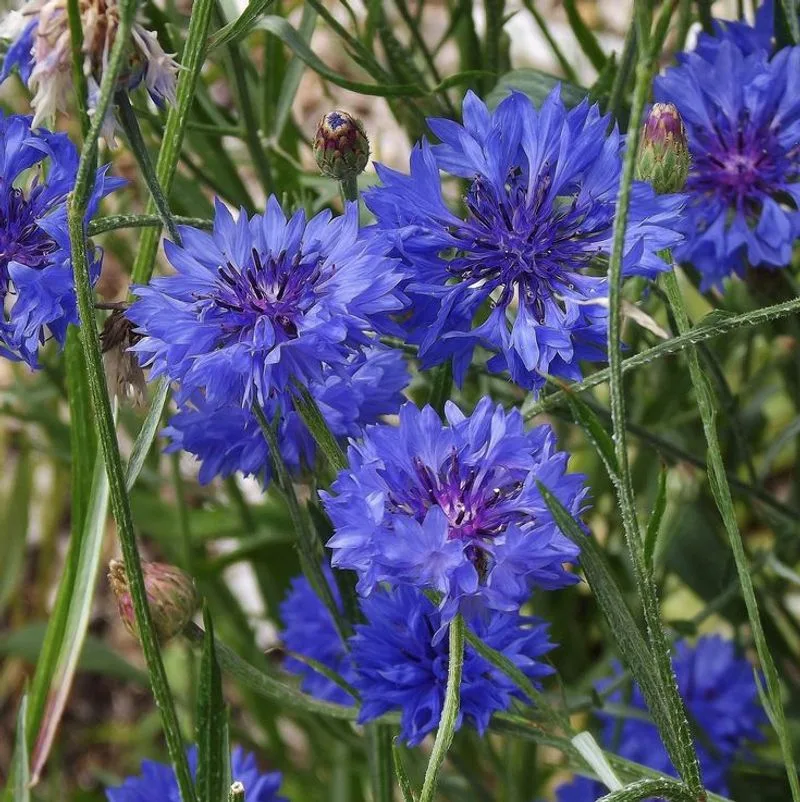
Cornflowers, with their striking blue petals, are a delightful garnish for salads and baked goods. Their slightly spicy, clove-like flavor can add depth to culinary creations.
These flowers are often used to decorate cakes, lending a pop of color and subtle taste. Historically, cornflowers symbolized wealth in European folklore.
Fun fact: Cornflowers were once worn by young men in love as a symbol of their affections. Sprinkle cornflowers on your dishes for a touch of romance and history.
Chrysanthemum
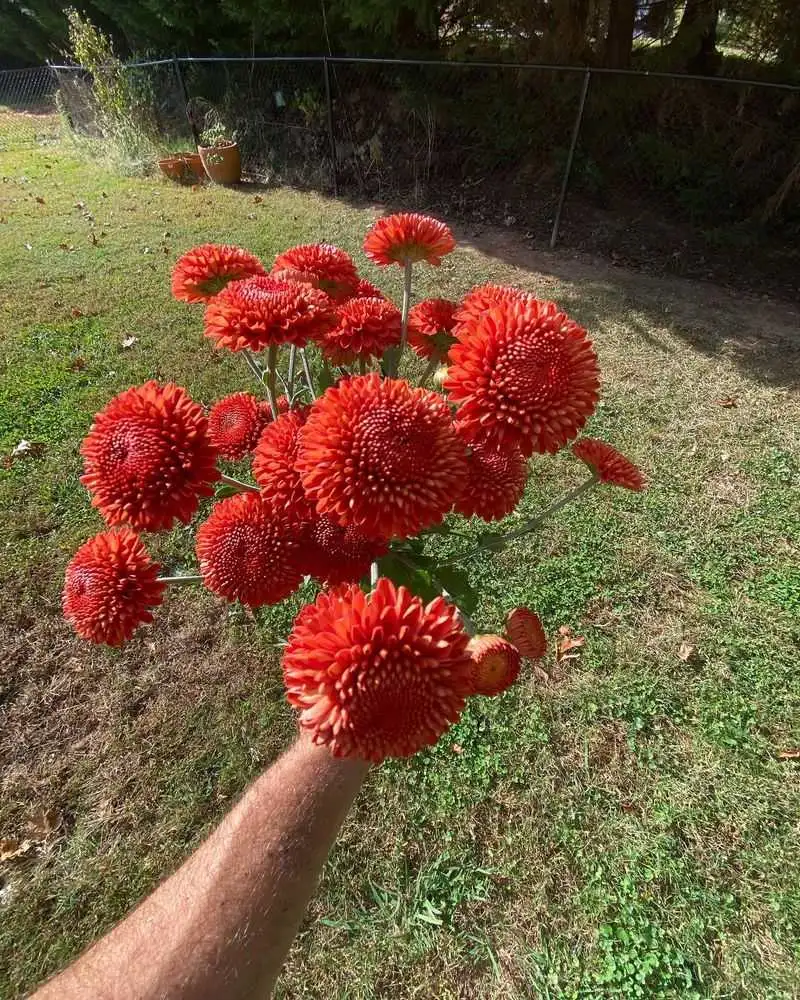
Chrysanthemum petals bring a mild, slightly bitter flavor to soups and teas. Used extensively in Asian cuisines, they are cherished for both their taste and medicinal properties.
These flowers can be enjoyed fresh or dried, often used in broths and hot pots. Chrysanthemums symbolize longevity in Chinese culture and are a popular choice for festive occasions.
Did you know? Chrysanthemum tea has been consumed for centuries in China for its supposed health benefits. Incorporate chrysanthemums for a taste of tradition.

